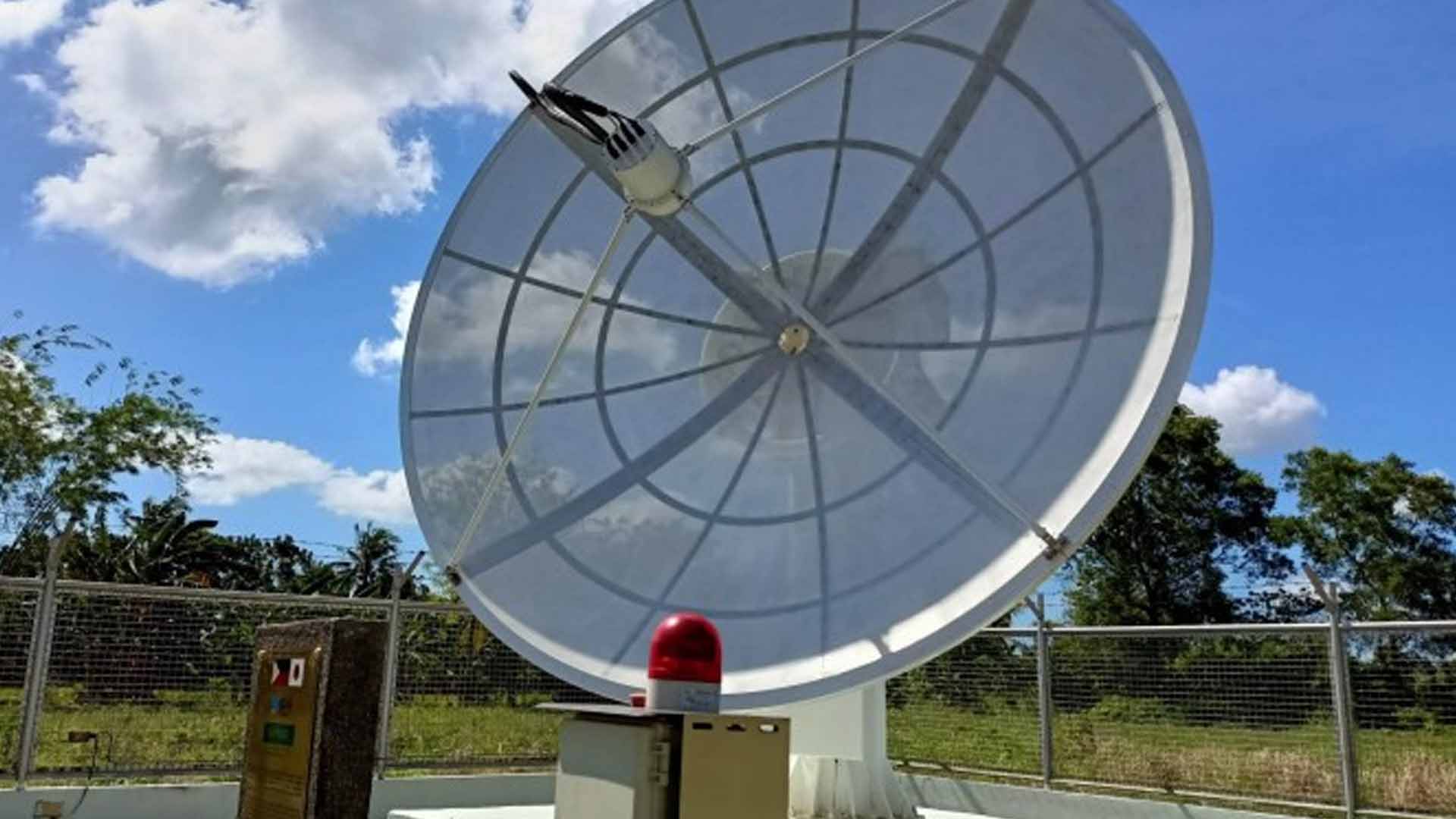The new Ground Receiving Station (GRS) of the Department of Science and Technology (DOST) in Iloilo will be an important tool in disaster risk reduction and management (DRRM), especially during extreme weather, according to Secretary Renato Solidum on Friday.
GRS transmits images from the satellite, which aside from disaster, can also be used for agriculture, regulatory, health surveillance, and security purposes, among others.
Solidum, in his virtual keynote address, during the inauguration of the GRS at the Dumangas campus of the Iloilo Science and Technology University (ISAT U), said data from the station can be used to complement inputs from lightning detection stations nationwide to monitor a typhoon as it passes through the country.
“Timely and accurate data from the Iloilo Ground Receiving Station can assist decision-makers in coming up with informed decisions related to disaster management, including response operations and recovery efforts,” he said.
The Iloilo GRS is the third receiving station for Earth Observation Satellites established by the DOST.
It is equipped with a 3.5-meter Earth Observation Satellite tracking antenna that allows wider coverage of data.
Undersecretary for Research and Development Dr. Leah Buendia, in a follow-up interview, said the two other GRS are in Quezon City and Davao del Sur province.
The three GRS are important because it provides additional capacity and redundancy to satellite communication operations in Metro Manila.
DOST Regional Director, Engr. Rowen Gelonga, in his message during the program, said the facility can address a lot of socio-economic requirements of the country as a whole and not only of the municipality of Dumangas.
“Suffice to say that this is a very, very important facility for us. Space science and technology has a lot of application. This was primarily intended to address and to beef up our capability to handle disasters,” Gelonga said.
The Iloilo GRS was established through the Understanding Lightning and Thunderstorms for Extreme Weather Monitoring and Information Sharing Project (ULAT Project) and funded by the Japan International Cooperation Agency (JICA) in collaboration with the Hokkaido University in Japan.
To complement the GRS, the ISAT U with the support of the DOST regional office in Western Visayas, Advanced Science and Technology Institute (ASTI) and the local government of Dumangas established the Knowledge Center for Weather, Atmospherical, Astronomical and Geophysical Observations (KWAAGO).
The KWAAGO will serve as a resource center for scientific materials in the field of space technology, astronomy, meteorology, and remote sensing technology. (PNA)







